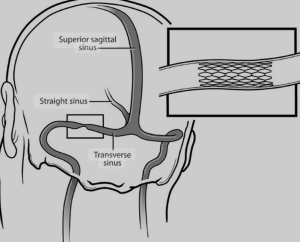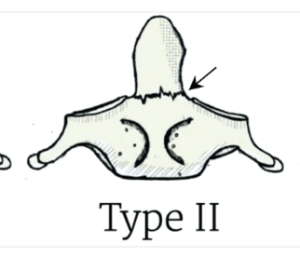In a retrospective, multi-institutional, multinational propensity score-matched database analysis Jarunee Intrapiromkul et al. from the WVU Rockefeller Neuroscience Institute, Morgantown published in the Journal of NeuroInterventional Surgery with the purpose to compare the efficacy and healthcare impact of Transverse sinus stenting versus cerebrospinal fluid shunting in patients with idiopathic intracranial hypertension (IIH) using a large-scale health data platform. TVS stenting was associated with significantly lower treatment failure, fewer residual symptoms (except pulsatile tinnitus), and reduced healthcare utilization at 1 year, suggesting superiority over CSF shunting in these metrics 7).
Scientific Rigor and Methodology: The use of the TriNetX database provides substantial sample size and multi-institutional representation. However, as a retrospective design, this study inherits the usual limitations—selection bias, reliance on accurate diagnostic and procedural coding, and the inability to adjust for all clinical confounders (e.g., anatomical variants, patient preference, and local practice patterns). Propensity score matching does help mitigate these concerns but does not fully equate to randomized trial robustness.

